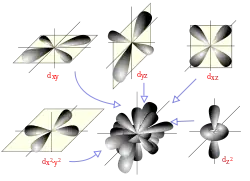What is the mechanism that carries and communicates force in a solid, on the atomic level?
Is there some other mechanism besides atomic deformation and proximity?
That is, if I had an infinitely incompressible substance and put it on top of my hand and hit it with a hammer, would my hand feel anything, if there is no difference whatever in the movement, shape or location of the substance?
(If you think the substance will move down in response to the hammer, remember that it's incompressible, so the top of the substance can't move down faster than the bottom, and the whole thing can't immediately move down, or we would have sent information to the bottom instantly, i.e. faster than the speed of light. How, then, would the information be communicated throughout the substance that it's time to gain downward momentum?)
If you argue that "infinitely incompressible" is a ridiculous scenario to assume, :) because it violates the compressibility of all matter, then is it that basic compressibility of all matter that provides the mechanism by which larger-scale-than-nuclear force is transmitted from atom to atom? In other words, is all force on the larger-than-atomic scale the result of inter-atomic and infra-atomic compression/deformation/shifts in density?
